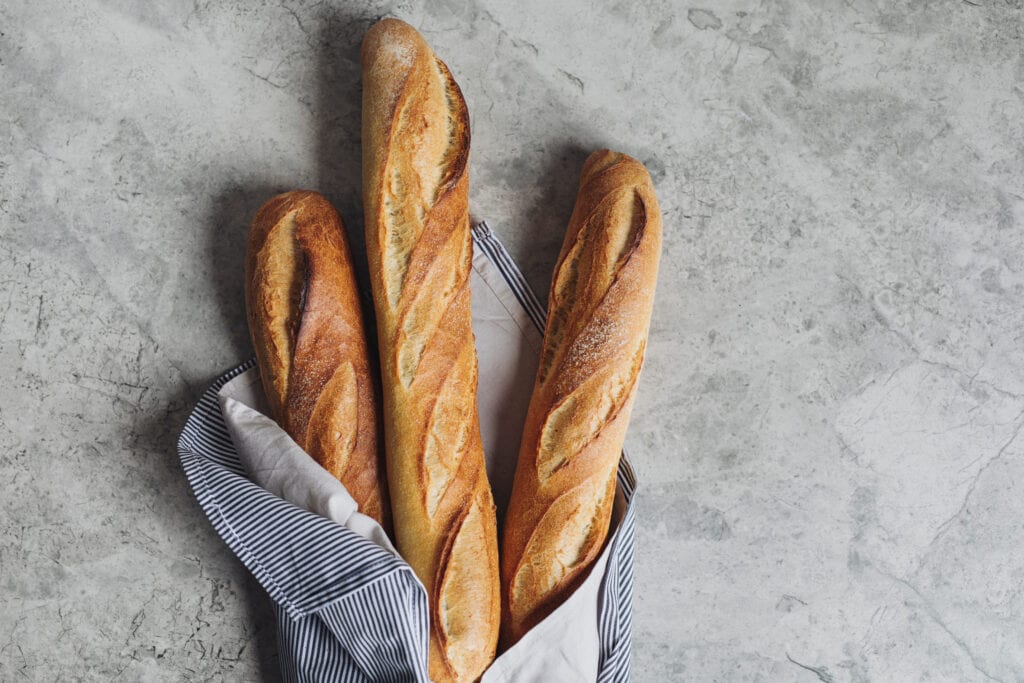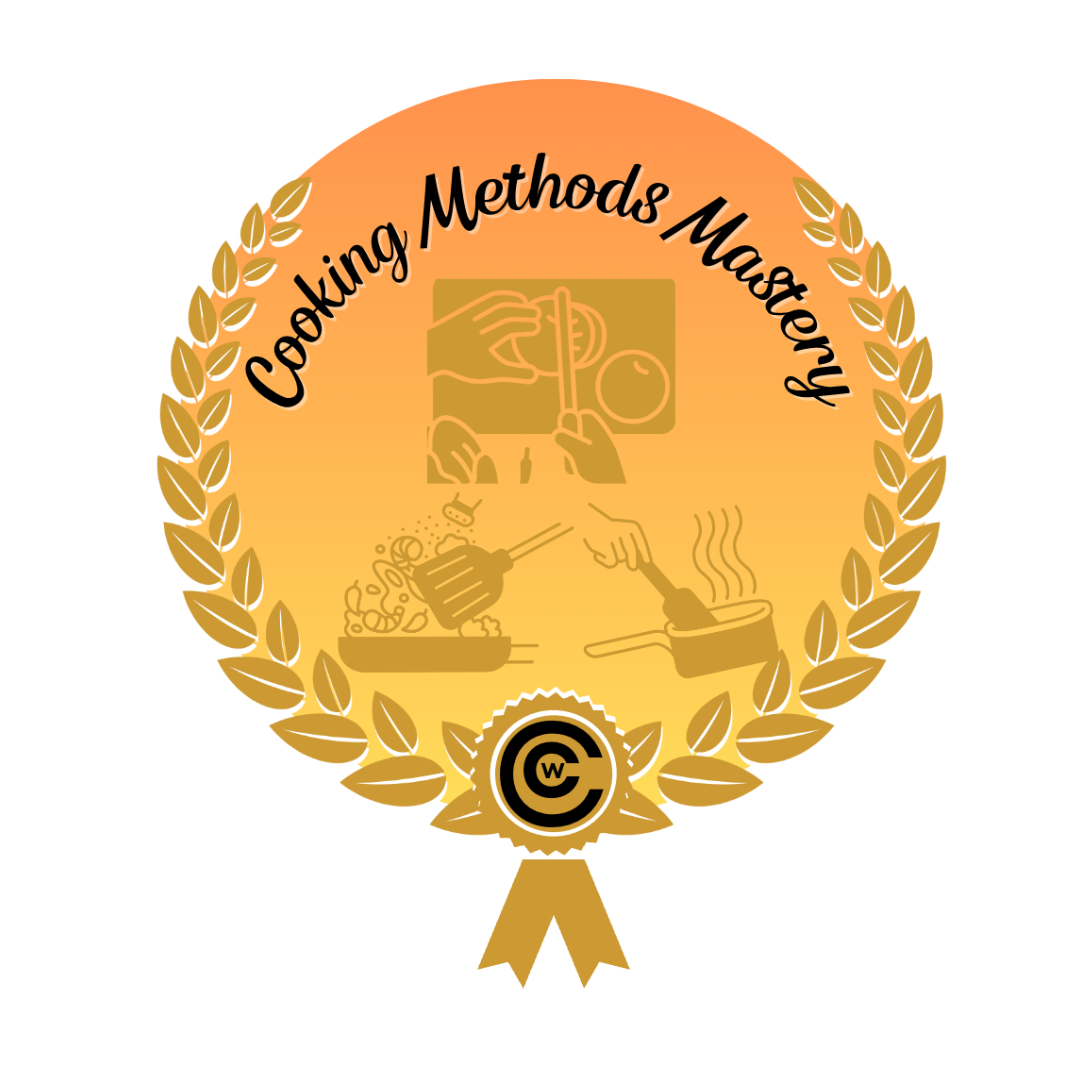Share Post
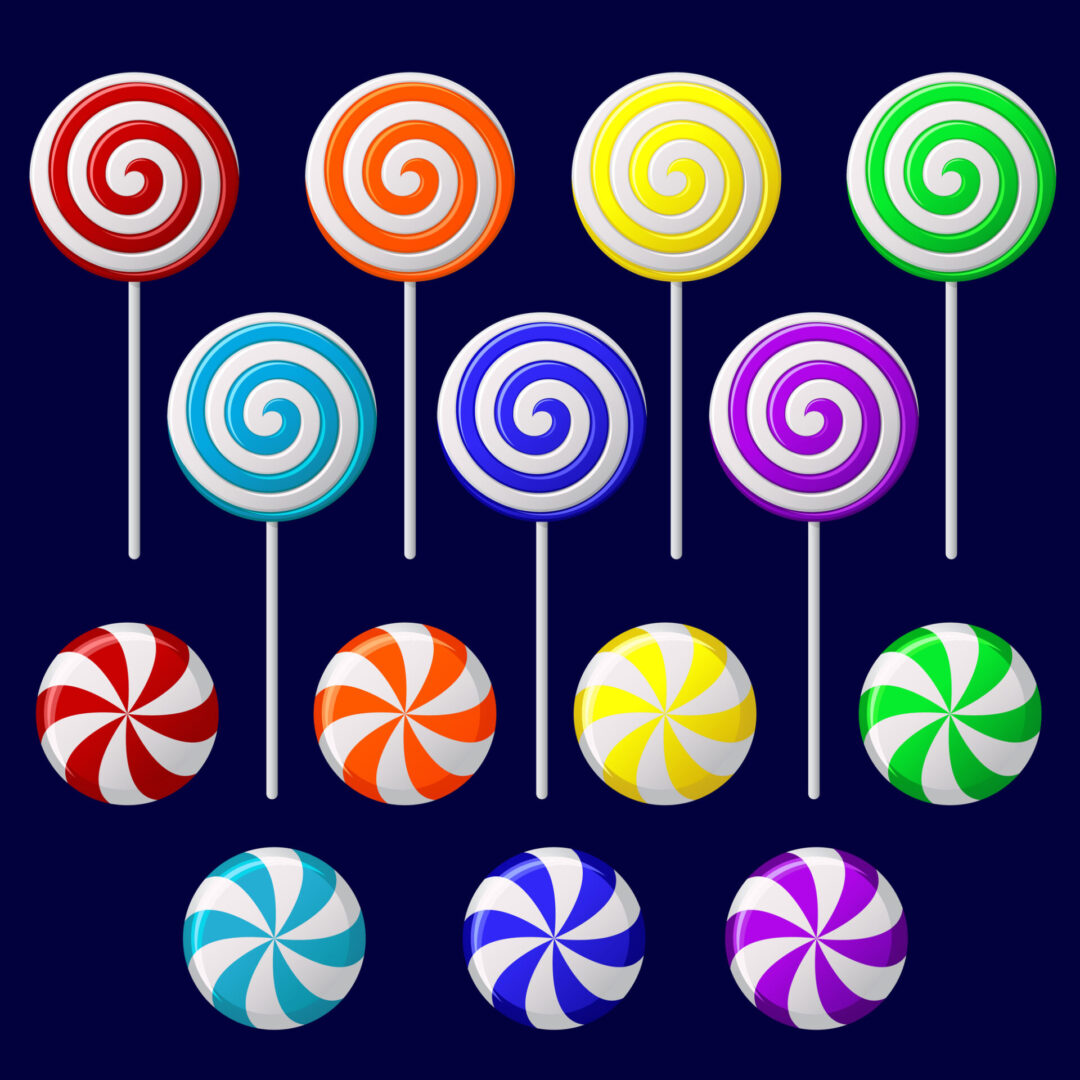
The purpose of this post is to help you recognize the dangers of hidden sugars lurking in so many of our everyday foods and the devasting effect it has on our health and the health of our children.
- Consuming sugar triggers the release of dopamine in the brain, which is a feel-good neurotransmitter. This occurs because sugar activates the brain’s reward system, leading to a pleasurable sensation and a desire for more sugary foods.
- Unfortunately, sugar is on top of the list of foods that may increase muscle and joint inflammation.
- Numerous studies suggest that processed sugars release pro-inflammatory substances in the body, causing further inflammation in the joints.
- If we can take control of the amount of sugar we consume today we will be on our way to a healthier tomorrow.
- We need only to make small changes to our daily diets to achieve a healthier outcome. One day at a time has always been my motto.
- Can you take control of just one thing for your health for one week? I know that you can. Let’s look at some sugar facts that can help you make better choices.
Sugar is Making ourChildren Sick

- Dental Health: Excessive sugar consumption can lead to tooth decay and cavities, which can cause pain and discomfort for children.
- Obesity: High sugar intake is a major contributor to obesity, which can lead to a variety of health problems such as type 2 diabetes, high blood pressure, and heart disease.
- Poor Nutrition: Foods high in sugar often lack essential nutrients that children need for proper growth and development. This can lead to deficiencies in important vitamins and minerals.
- Behavioral issues: Some studies have suggested a link between high sugar consumption and hyperactivity, attention deficit disorders, and other behavioral problems in children.
It is important for parents and caregivers to be aware of the potential health risks associated with excessive sugar consumption in children and to take steps to limit their intake to support their overall health and well-being.
Sugar has many names and comes in many forms

- These include sugar, sucrose, high-fructose corn syrup (HFCS), dehydrated cane juice, fructose, glucose, dextrose, syrup, cane sugar, raw sugar, corn syrup, and more.
- Sugars occur naturally in foods such as fruits, vegetables, milk, and honey. For example, glucose occurs in corn, honey, and fruits; fructose (fruit sugar) is found in honey and fruits; sucrose is found in sugar cane, sugar beets, fruits, and vegetables; lactose occurs only in milk; maltose is found in molasses.
- Sugar that’s added to processed foods is much worse than natural sugar in whole foods like fruits and vegetables.
- If a packaged food contains sugar in the first 3 ingredients or contains more than one type of sugar, avoid it.
- Other high-sugar foods often labeled healthy fall into the same category. These include agave, honey, organic cane sugar, and coconut sugar.
Sugar, makes everything taste good. It makes us feel good just thinking about eating it. Just imaging that big slice of apple pie a-la-mode makes our mouth water. The more we eat it the more our bodies crave it. We become sugar addicts.
This is why we have such a problem controlling sugar in our diets. It makes us feel good instantly. Let’s face it with the added stress of life today, we tell ourselves that we deserve a quick sugar fix, to get us through. We will justify anything if we want it bad enough. But like other addicts we are lying to ourselves.
Sugar: Drains your energy
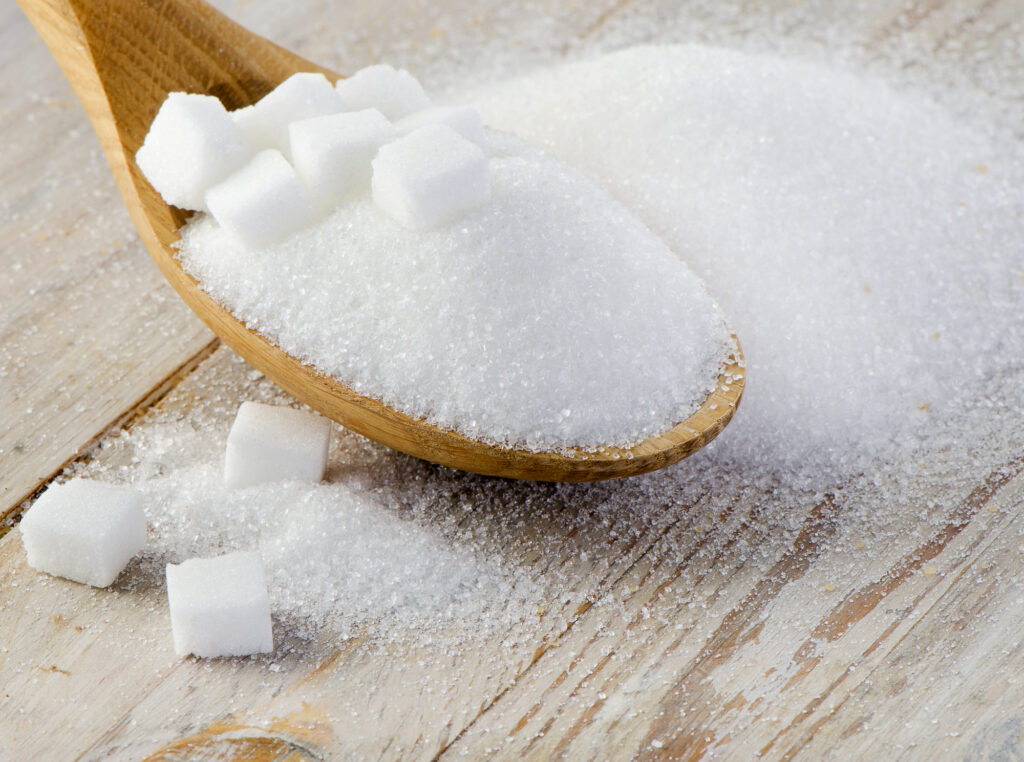
High-sugar foods can negatively impact your energy levels by causing a spike in blood sugar followed by a crash.
Products that are loaded with sugar but lacking in protein, fibre or fat lead to a brief energy boost that’s quickly followed by a sharp drop in blood sugar, often referred to as a crash.
Having constant blood sugar swings can lead to major fluctuations in energy levels.
To avoid this energy-draining cycle, choose carb sources that are low in added sugar and rich in fiber.
Pairing carbs with protein or fat is another great way to keep your blood sugar and energy levels stable.
For example, eating an apple along with a small handful of almonds is an excellent snack for prolonged, consistent energy level.
Why Reading Food Labels are Inportant
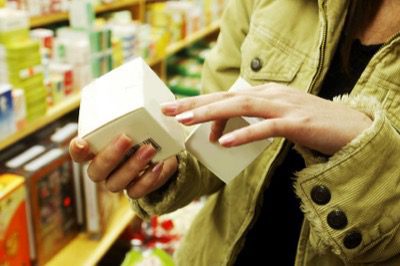
Did you know that rreading the nutritional labels on food limits the amount of processed food you you will buy. Natural Marketing Institute and Hudson Institute study have shown that fewer than one-third of consumers with the highest rates of obesity read labels. The food industry counts on this.
Important reasons to read food labels:
- It allows you to make informed decisions about the food they are consuming.
- Food labels provide information about the nutritional content of a product, including the amount of calories, fat, sugar, protein, and other nutrients.
- By reading food labels, you can make healthier choices and better manage their overall health and well-being.
- Additionally, food labels also provide information about potential allergens, additives, and preservatives that may be present in the food, helping you avoid any ingredients that you or your chilsdren may be sensitive or allergic to.
- Overall, reading food labels is an essential tool for promoting a healthy and balanced diet.
Let’s define the amounts of sugar we are consuming
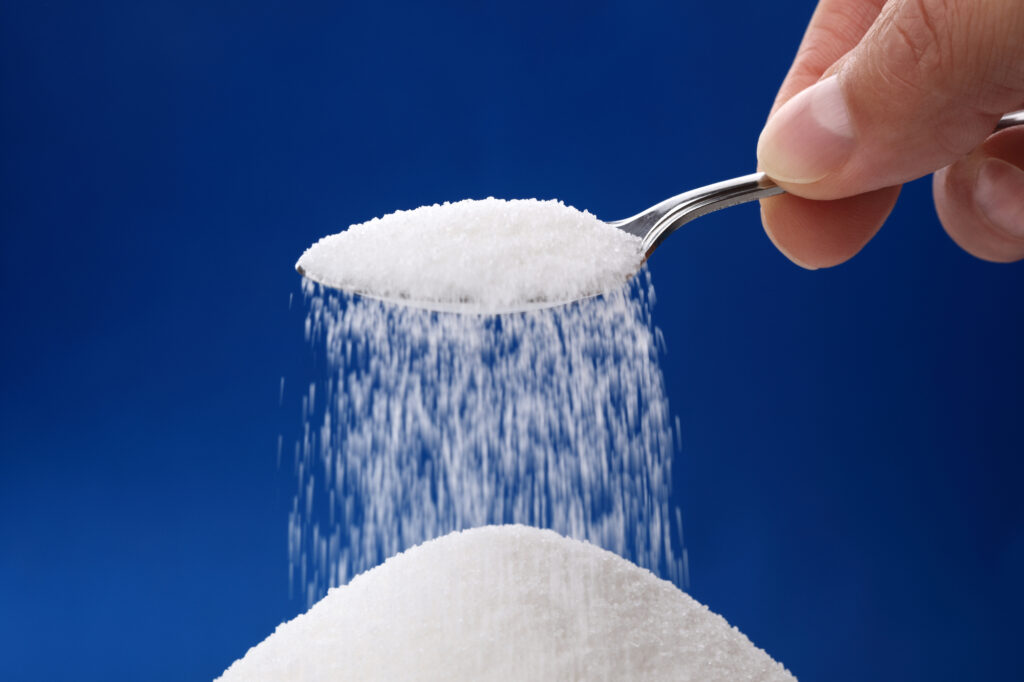
- 16 grams of sugar in a product is equal to about 4 teaspoons of granulated sugar
- one tsp sugar = 4 grams sugar
- One 227ml can of coke has 24g of sugar, which is equal to 6 teaspoons of sugar. Sugar-sweetened drinks like sodas, juices and sweet teas are loaded with fructose, a type of simple sugar. You should avoid these like the plague.
- Fruit juices: Fruit juices actually contain the same amount of sugar as soft drinks! Choose whole fruit instead of fruit juice.
Natural sweeteners are generally safe. But there’s no health advantage to consuming any particular type of added sugar.
Some natural sweeteners include:
- Honey – a natural sweetener produced by bees from flower nectar.
- Maple syrup – a sweet syrup derived from the sap of maple trees.
- Agave nectar – a sweet syrup extracted from the Agave plant.
- Stevia – a zero-calorie sweetener derived from the Stevia plant.
- Coconut sugar – a natural sweetener made from the sap of coconut palm trees.
- Dates – a sweet fruit that can be used to sweeten dishes or blended into a paste.
- Molasses – a thick, dark syrup produced during the sugar-making process.
- Monk fruit – a low-calorie sweetener derived from the Monk fruit plant.
- Blackstrap molasses – a thick, dark syrup derived from the sugar refining process.
- Fruit puree – mashed fruit can be used as a natural sweetener in baking and cooking.
The Food Industry Makes Millions by Keeping Us Addicted to Sugar

- Flavor enhancement: Sugar is a natural sweetener that enhances the taste of food products, making them more appealing to consumers. It can help mask any unpleasant flavors from other ingredients and create a more palatable product.
- Increased palatability: Sugar can create a more desirable mouthfeel and texture in food products, making them more enjoyable to eat. This can lead to increased consumer satisfaction and repeat purchases.
- Extended shelf life: Sugar acts as a preservative by inhibiting the growth of microorganisms that can spoil food. It can help extend the shelf life of processed foods, allowing them to stay fresh for longer periods of time.
- Cost-effective ingredient: Sugar is relatively inexpensive and readily available, making it a cost-effective ingredient for food manufacturers to use in their products.
- Addictive properties: Sugar has addictive properties that can lead to cravings and overconsumption. By adding sugar to their products, food manufacturers can potentially create a sense of dependency on their products among consumers.
- Overall, the use of sugar in processed foods serves various purposes for the food industry, including enhancing flavor, texture, and shelf life, while also potentially driving consumer demand and sales.
Artificial sweeteners
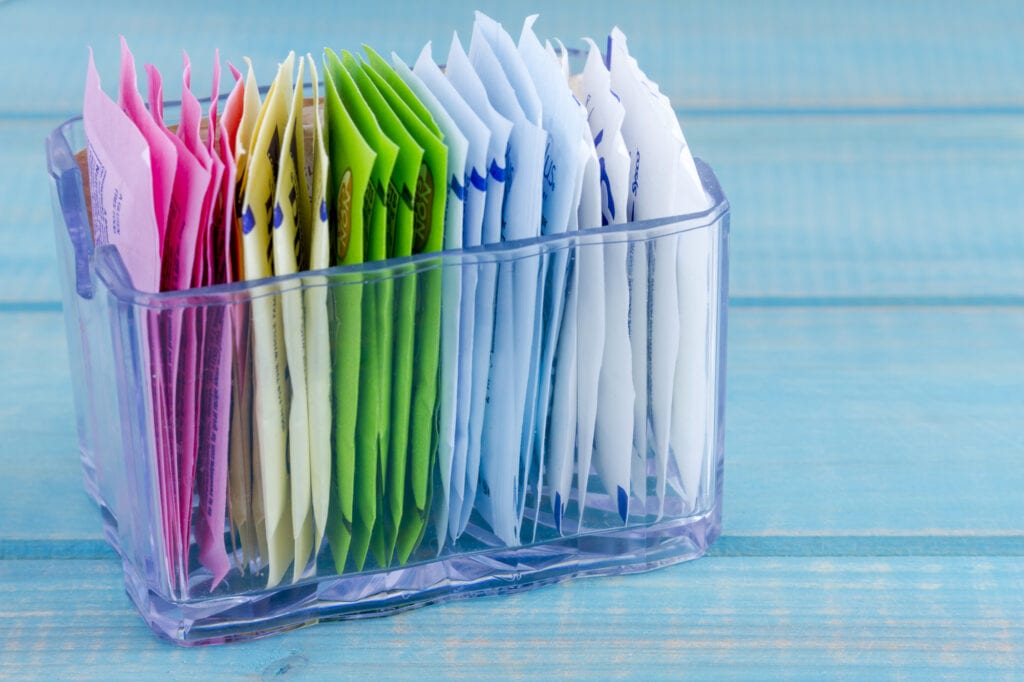
They are synthetic sugar substitute. Artificial sweeteners are typically 200 to 600 times sweeter than sugar. They stimulate your taste buds, go to your brain, affect your hormones and slow your metabolism.
Both sugar and artificial sweetener are addictive, but artificial sweeteners may be likelier to make you get hungry, eat more throughout the day and develop diabetes.
Artificial sweeteners can be attractive alternatives to sugar because they add virtually no calories to your diet. Also, you need only a fraction of artificial sweetener compared with the amount of sugar you would normally use for sweetness.
Artificial sweeteners are widely used in processed foods, including:
- Soft drinks, powdered drink mixes and other beverages
- Baked goods
- Candy
- Puddings
- Canned foods
- Jams and jellies
- Dairy products
Do not use Artificial Sweeteners. It would be better for you to use natural sugars until you can control your sugar intake.
Beware: low-fat or diet foods

.
You MUST read nutrition labels! Even foods disguised as “health foods” can be loaded with added sugar
Foods that have had the fat removed from them are often very high in sugar.
I do not eat low-fat versions of any food for this very reason. If you read the labels carefully you will find that the fat is replaced by sugar. You are not doing yourself any favor in making this choice.
It is better to have the full-fat version and monitor your portions. In controlling our sugar intake we must look at all avenues.
One serving of low-fat yogurt can contain as many as 30 grams of sugar – that is 60% of your daily USDA limit. The reason they have so much sugar is simple: They don’t have as much fat.
Get in the habit of reading the labels. This is the only way you are truly going to make better choices.
Satisfy your craving occasionally

Sometimes you have to surrender to your sugar cravings. For me, nothing satisfies my sugar craving like chocolate or ice-cream. What is your sugar demon?
Indulge in your sugar craving, but keep portion control in mind. A piece of pie occasionally is ok, but a piece of pie every night is not ok.
I can keep a chocolate bar in the fridge for a whole week just breaking off a block when I get the urge for chocolate. This satisfies my craving without binging on the whole chocolate bar in one sitting.
Eating sweet things after a meal can help prevent a sudden spike in blood sugar levels, as the presence of other foods can slow down the absorption of sugar. This can be beneficial in terms of managing glucose levels and avoiding sharp fluctuations. The glucose goddess/Jessica Inchauspe
Now not everyone can do that. If you need to eat the whole bar in one sitting or devour the pint of ice-cream, is is best to remove it so you won’t be tempted.
If you can eat junk food every now and then without binging and ruining your progress, then do it.That means you are one of the lucky people who can enjoy these things in moderation.
But if you cannot control yourself at all around such foods, try to avoid them as much as possible.
If you manage to resist, the cravings will get weaker over time and eventually disappear.
Tips to help you overcome your cravings for sugar
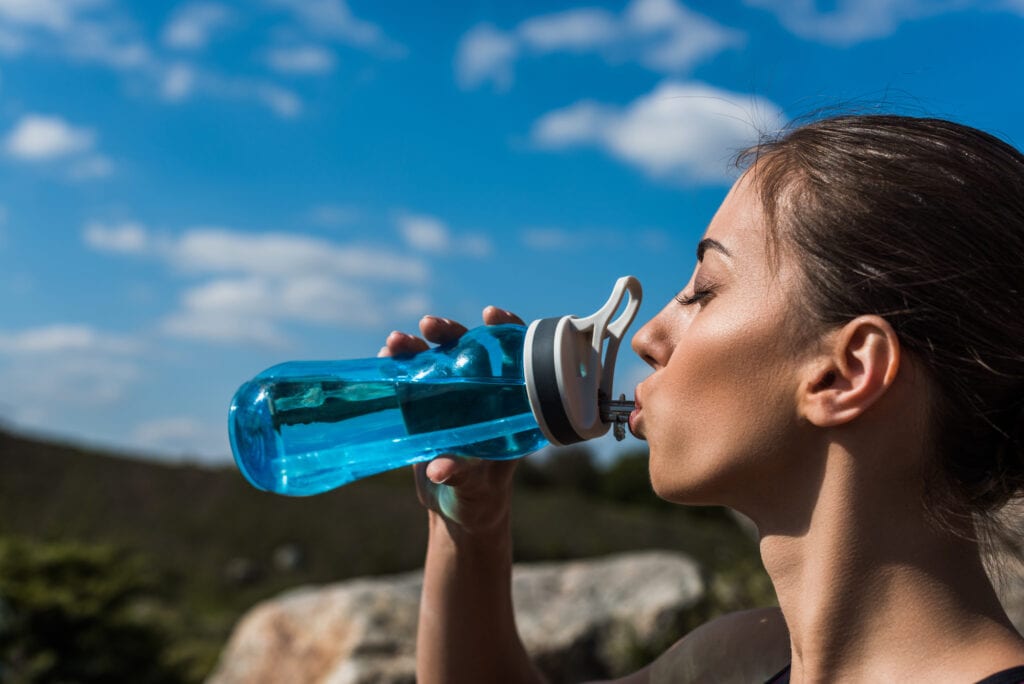
- Drink lots of of water (48/64 fl oz per day)
- Get good sleep (at least 7 hrs per night )
- Eat high-protein foods – (chicken breast, eggs, almonds, oats, cottage cheese, greek yogurt, milk, broccoli, lentils, quinoa, fish (all types)
- Don’t starve yourself. When your body don’t get enough food you don’t get sufficient energy required by the body to function. This results in fatigue, which adversely affects your mood and has you reaching for any high sugar food to make you feel better.
- Try to prevent yourself from becoming too hungry between meals. Snack on a piece of dark chocolate, small bowl of lentils, skinny pop popcorn (my favourite), semi-soft cheeses, veggies and dip.
- Going for a brisk walk or running may help reduce craving
- Legumes like lentils, beans and chickpeas are good sources of protein and fibre. Including them in your diet could help curb hunger, leaving you less likely to get a craving.
- Avoid excess stress. Same as with sleep, avoiding stress can help prevent cravings
What is the Glycemic Index
The glycemic index (GI) tells you how quickly foods containing carbohydrates affect your blood sugar level when eaten by themselves.
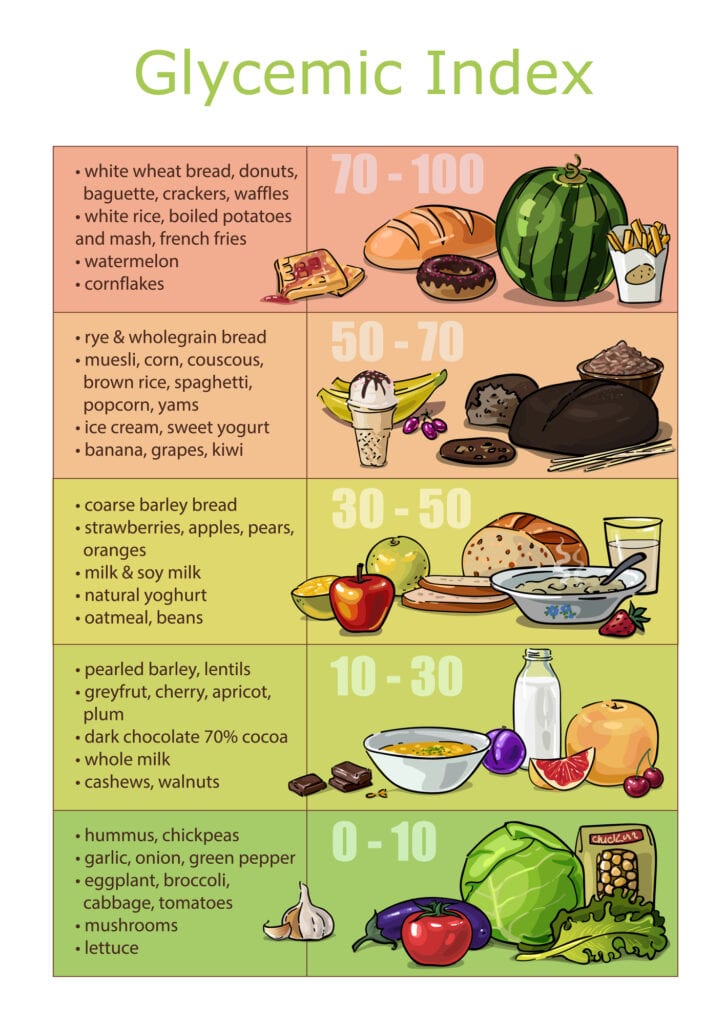
According to the American Diabetes Association (ADA), GI scores are rated as:
- Low: 55 or below
- Moderate: 56 to 69
- High: 70 and above
The lower the GI score, the more slowly the rise in blood sugar, which can help the body better manage post-meal changes.
Most whole fruits have a low to moderate GI. Many fruits are also packed with vitamins A and C, as well fibre
Berries such as raspberries, blackberries, and strawberries are lowest in natural sugar, and high in fibre. The highest nartural sugar are dried fruit, bananas, and mangoes.
Fruit will keep you full longer and provide vitamins and nutrients.
White Potatoes: They are very high on the glycemic index (How do potatoes affect blood sugar levels)? Like any other high carb-containing food, potatoes increase blood sugar levels. When you eat them, your body breaks down the carbs into simple sugars that move into your bloodstream. This creates a spike in blood sugar levels.
I have always had a love affair with the high carb white potatoe. I love them broiled, baked, mashed, fried no matter how you cook them I love them. BUT I also know that I have to control how often I eat them and control my portion size. Just remember you can have anything in moderation.
You can control your sugar cravings and let go of unhealthy choices one at a time. Nothing is off the table. The minute you tell yourself that you cannot have a certain food you crave it. You will eventually give into that craving and probably go on a binge.
A small bowl of potato chips, peanuts, chocolate chip cookie, bowl of ice cream or whatever your favourite snack, is ok in moderation.
Enjoy it, then get back to the business of choosing healthier alternatives.
You Got This!

Remember one day at a time/one challenge at a time. Rome wasn’t built in a day! This is not easy but if you take it in small steps, you can do this. Once you conquer the sugar trap you are well on your way to other healthier choices. This new habit you can build on.
Living a life in balance one day at a time….
All the best
Bev
If you enjoyed this post, and would like more healthy eating habit tips, follow me. Look out for my “Tuesday Tips” – One tip every Tuesday for the next 7 weeks . Topic: “7 Easy Healthy Eating Habits: With No Restrictive Diets”.
About Me

“Eat.Live.Design is where you connect with ideas for living a better life"
Hi, I’m Bev, I love sharing my home renovation projects, delicious recipes and lifestyle tips. I have dedicated hundreds of hours to researching all of my passions. My ultimate goal is to share this valuable information with all of you to take the guesswork out of your projects and help make your lives easier.
Promo Box


